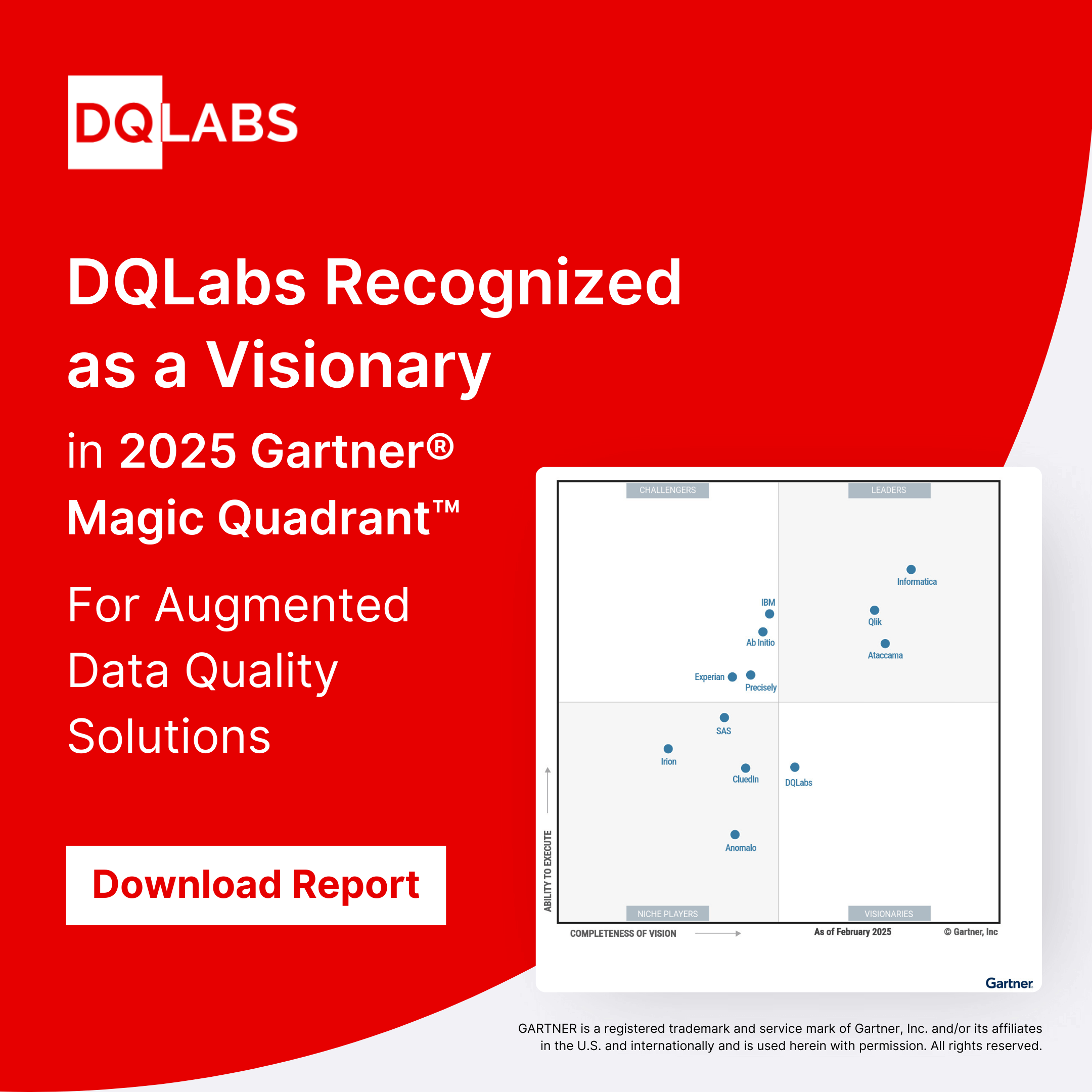Introduction
Data has grown to become an organization’s most valuable asset. Not every data is valuable, but only data that can be trusted. If organizations work with untrustworthy data, it can easily result in wrong insights, skewed analysis, and incorrect decisions.
Data quality and data integrity are two terms used to describe the condition of data. The two terms are oftentimes used interchangeably but are very distinct. An organization working to maximize the consistency, accuracy, and context of its data to draw insights and make better decisions needs to understand the difference between data integrity and data quality. We start by defining them, before outlining how to ensure them in your organization.
What is Data Quality?
Data quality is defined as the ability of data to serve its intended purpose. It refers to the reliability of data. Data is considered to be quality data if it is; complete, unique, valid, timely, and consistent.
Also read: Why data quality is important?
What is Data Integrity?
Data integrity can be defined as the reliability as well as the trustworthiness of data throughout its lifecycle. Data integrity can be described as the state of your data or the process of ensuring the accuracy and validity of data. One of the methods of ensuring data integrity is checking for its compliance with regulatory standards such as GDPR.
Having understood the difference, how then do we ensure data quality and integrity? We do this by outlining some steps.
Accurate gathering of data requirements
This is an important aspect of having good data quality. It aims at satisfying the requirements and delivering the data to clients and users for the purpose the data is intended. The data requirements should capture the state of the data, all data conditions, and scenarios. Proper documentation of the requirements, coupled with easy access and sharing, must be enforced. Finally, impact analysis is done to make sure that the data produced meets all the requirements expected.
Monitoring and cleansing data
Monitoring and cleansing data involves verifying data against standard statistical measures. It involves validating data against matching defined descriptions and uncovering relationships within the data. This step also checks for the uniqueness of data and analyzes it for reusability.
Access control
Access control goes hand-in-hand with audit trails. People within an organization without proper access may have malicious intent and can do grave harm to vital data. Systems should ensure audit trails are clear and tamper-proof. These are not only a safety measure but also help to trace a problem when it occurs.
Validate data input
A good system should require input validation from data from all sources – known and unknown. Data sources could be; users, other applications, and external sources. To enhance accuracy, all data should be verified and validated.
Remove duplicate data
Sensitive data from a repository in an organization can find its place in a document, spreadsheet, email, or in shared folders where users without proper access can tamper with it, and introduce duplicates. Cleaning up stray data and removing duplicates ensures data quality and integrity.
Back up
Inasmuch as removing duplicates to ensure data security is important, backing up the data, is equally a critical part of ensuring integrity. Backing up is vital and goes a long way in preventing permanent loss of data. Backing up data should take place as often as possible. Be sure to encrypt your data for maximum security. When there is a breach of security, say an attack, backups come in handy.
Good data quality control teams
There are two types of teams that play a vital role in ensuring high data quality – the Quality Assurance and the Business Analysts teams. The quality assurance team checks for the quality of software and programs installed at the beginning or during the data lifecycle. It is the team that oversees change management to ensure data quality in an organization undergoing fast transformations as well as changes with applications that are data-intensive. The business analysts team, on the other hand, has a good grasp of the business rules and requirements. It is the team whose tasks involve; detecting data abnormalities, any outliers, any broken trends, or any unusual events occurring at the production of data.
Conclusion
For all modern organizations and enterprises, data quality and integrity are critical for the accuracy as well as the efficiency of all business processes and decision-making. Data quality and integrity are also a central focus of most data security programs. These two are achieved through a variety of standards and methods, including the accurate gathering of data requirements, access control, validating data Input, removing duplicate data, and frequent backups. Be sure to check out data quality platforms like DQLabs that aid you in the whole data lifecycle for your organization or business.
